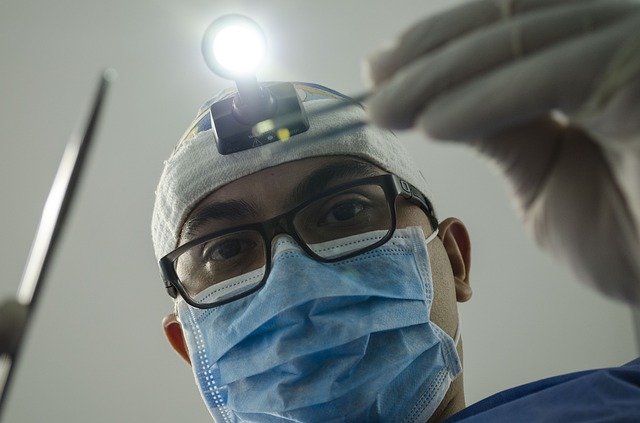#3 Types of Dentists and How They Are Not All the Same

Table of Contents
3 Types of Dentists and How They Are Not All the Same
Just like medicine, dentistry is one of the most diverse fields in health care. There are various types of dentists, thus making it hard to decide what kind of dentist you want. Any dentist can be a general dentist, but some tend to choose to specialize in a specific field in oral hygiene. These fields include pediatric dentistry, major dental surgery, braces and tooth alignment, replacement dentistry, and specific gum care; different types of dentists can help you achieve the best oral health. Here are three types of dentists and how they are not all the same.
1. General Dentist
A general dentist covers a wide variety of issues dealing with oral hygiene without specializing in one specific field of dentistry. General Dentists provide routine dental exams and regular teeth cleanings. General dentist tends to refer you to other types of dentists once they realize that the problem requires a specialist.
General dentistry entails a range of treatment options and procedures to protect and maintain good oral hygiene. Services offered by a general dentist include restorative dentistry, performing dental x-rays, wisdom teeth removal, fluoride treatment, and simple teeth removal such as baby teeth. The Treatments are in place to keep your teeth, gums, and mouth healthy and pain-free. General dentists also treat people from all age groups.
2. Cosmetic Dentist
Cosmetic dentistry is a field of dentistry that sorely focuses on improving the appearance of your teeth. The cosmetic dentist primarily performs elective procedures. A cosmetic dentist in Beverly Hills recommends that if you have teeth that are worn, discolored, have gaps between them, stained, misaligned, chipped, or broken, then a cosmetic dentist is what you need. There are various types of cosmetic dental procedures, such as:
- Inlays and Onlays – also known as indirect fillings, are used on a tooth when there is mild damage or if a tooth lacks enough support structure.
- Teeth Whitening – This procedure involves teeth bleaching to give them a whiter look, significantly if you have discolored or stained teeth.
- Dental implants – are primarily used to replace lost or damaged teeth.
- Dental Veneers-this procedure involves covering the front surface of your teeth.
- Dental Bonding involves repairing discolored teeth, damaged, or decayed using material that resembles tooth enamel color.
- Dental Crown- The procedure involves replacing and fitting over an entire damaged or decayed tooth just above the gum line.
3. Orthodontists
Orthodontists are dental development and facial growth experts specialize in the prevention, diagnosis, misaligned bite patterns, and correction of mal-positioned teeth and jaws. Misaligned teeth can lead to dental issues, ranging from difficult or painful chewing tooth decay to gum disease. Having a misaligned bite can affect the body incorrectly, such as contributing to jaw and neck conditions such as TMD (temporomandibular joint dysfunction) and TMJ (temporomandibular joint). The bite is how the upper and lower set of teeth come together. Our teeth are designed to bite in the front and chew in the back. The tooth structure will eventually wear out or even break if the bite is wrong. Crooked teeth and narrow dental arches can cause breathing and posture problems. Thus, just straightening the teeth while leaving the jaw in the exact location will not ease your suffering symptoms.
An orthodontist offers a wide range of treatments that can help realign your teeth or jaws, thus allowing you to get that killer smile you always want. An orthodontist is responsible for fitting you with braces or Invisalign to correct your mouth alignment. If you find that having braces or an Invisalign is not for you, you can select a retainer to keep your teeth well aligned. Orthodontists can also treat patients with a palate expander. Palate expanders are oral devices that expand the roof of the mouth to widen the upper jaw. Due to the reduced gum space, narrow jaws cause crooked, overlapping, and crowded teeth.
Conclusion
You should see a dentist whenever you notice that something isn’t right with your oral hygiene despite practicing good oral hygiene. Most people tend not to take oral hygiene seriously, but they are wrong. Oral hygiene is paramount if we are to avoid unnecessary pains caused by teeth or embarrassments caused by bad breath. You should visit a dentist at least twice in three months.
by Hannah Boothe
If you liked the article, do not forget to share it with your friends. Follow us on Google News too, click on the star and choose us from your favorites.
For forums sites go to Forum.BuradaBiliyorum.Com
If you want to read more News articles, you can visit our General category.




